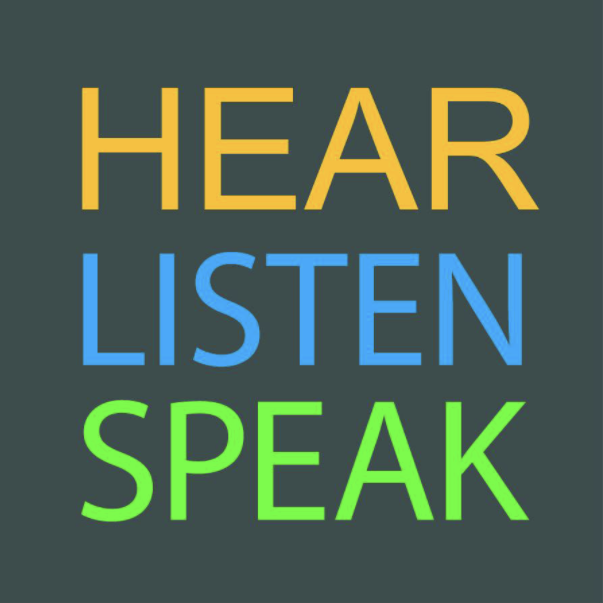People always ask me if I use Duolingo.
I’ve tried it. Multiple times. Always hoping it will get better.
I just reinstalled it for probably the fifth time in my life to give it a fair chance, because I don’t want to be bashing it before trying out the latest and greatest version.
And to be fair, they have definitely improved since I last tried it a few years ago – initial impressions are that now, many more sentences are useful, daily expressions that people really do say.
But there’s still a lot that are much less useful, and there are way more interesting and effective ways to use your precious language learning time.
If you’re trying to learn to actually understand and speak a foreign language with native speakers, this gamification, app-based approach to language learning falls woefully short for me.
The constant little “DING!” when you get something right definitely gives you the feeling of constant progress, but is this really the best, most efficient use of your time?
This is an app that uses a ton of multiple choice questions, with little images accompanying them, where the answer is often extremely obvious.
When all you have to do is select from a little word bank and plug in the words of a sentence, how much are you really challenging your memory? Do you think this will really translate to a live conversation?
Because the story I keep hearing from people using this app is that even when they use it religiously every day for two years, they still can’t understand native speakers in conversation!
As soon as something comes up in conversation that they haven’t seen in the app, everything falls apart.
Duolingo’s format encourages a very limited kind of memory that isn’t the same as being in a real conversation. It only asks you to repeat or recognize very specific little chunks of information, usually passively.
This is an extremely different kind of recall than you need in live conversations with native speakers. Duolingo has an extremely rigid, constructed progression of a set learning path.
But this doesn’t even make much sense a lot of the time, and definitely isn’t the most applicable and logical progression for each one of us, personally.
Often, the words and “sentences” are extremely bizarre, nonsensical, and things that no native speaker will ever say to you.
In the “greeting people and adjectives” sections, there were tons of so-called sentences to translate like “the dog, the bear”. These are neither adjectives nor greetings, and they’re not even phrases that people actually say.
Duolingo is pretty well known for random, weird sentences to translate, but I’m not even complaining about the strange/funny ones that stand out. (Those memorable sentences can actually help you learn better.)
This is much more of a critique that Duolingo often gives you random, disjointed little fragments of languages that you will never hear in conversations with native speakers.
I believe that you should never learn isolated vocabulary words without any context. No one ever says just one word randomly – there’s always live, situational context surrounding words on either side.
When you learn disjointed, single words floating in the ether, you’re doing yourself a huge disservice. Not only is this unnatural, it will actively be a lot harder to really learn the words and recall them later on.
So what I recommend is, ALWAYS learn words in context: within a sentence, as part of a meaningful conversational exchange, song lyric, funny video, or whatever floats your boat!
Because if learning isn’t fun, exciting, and personally interesting to you, you’re not really learning very effectively at all.
